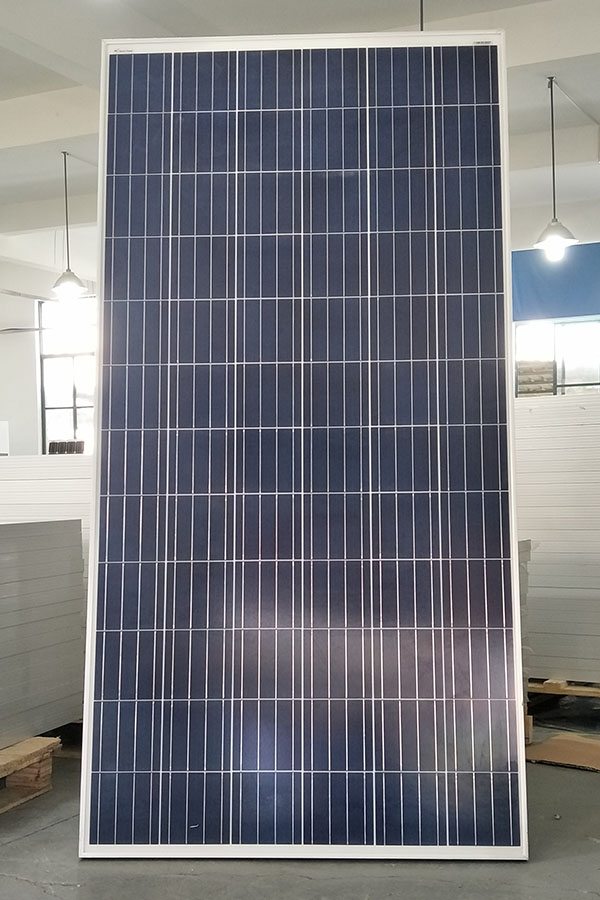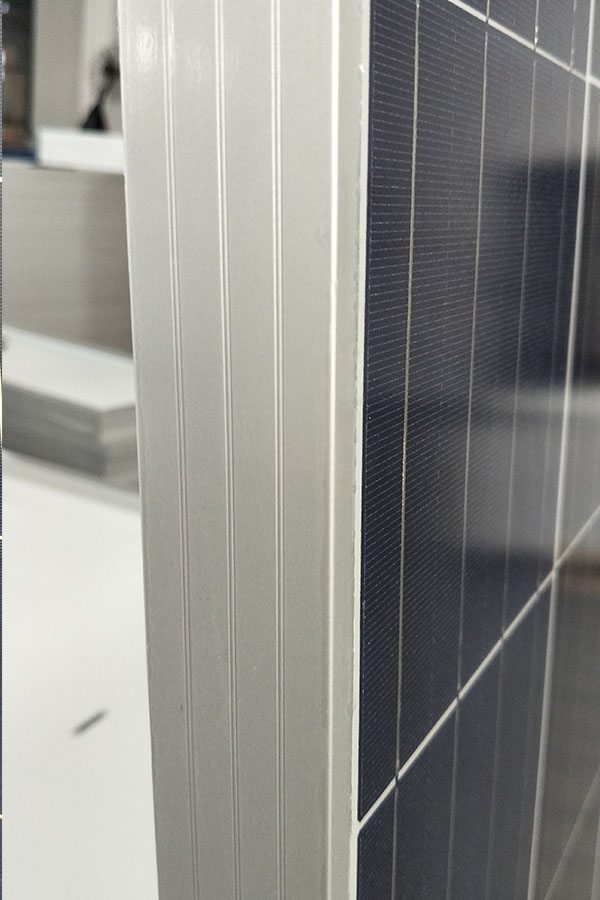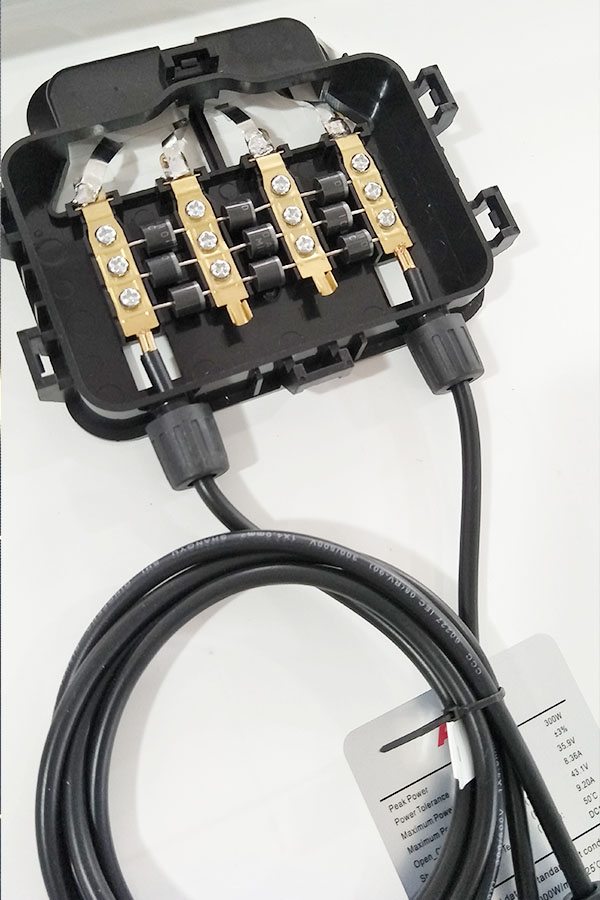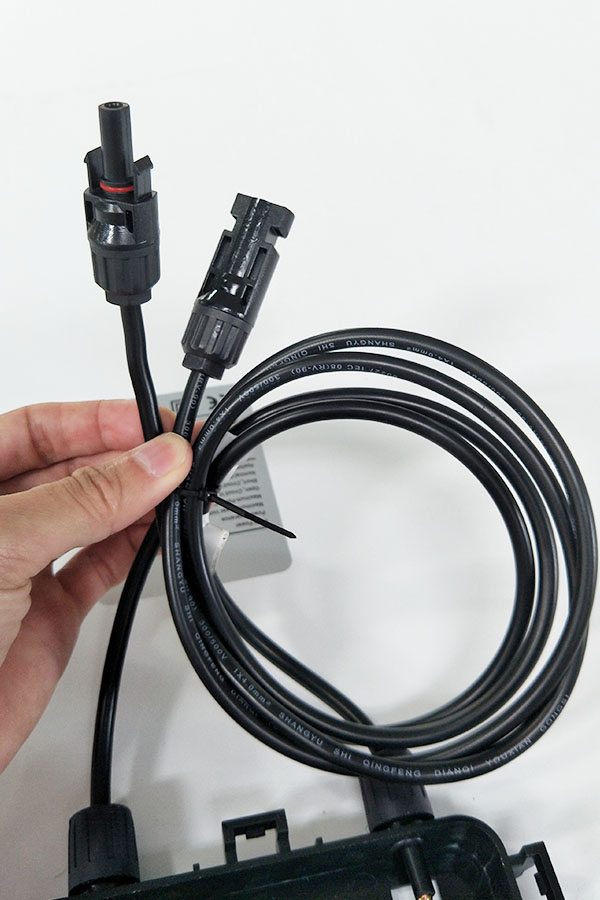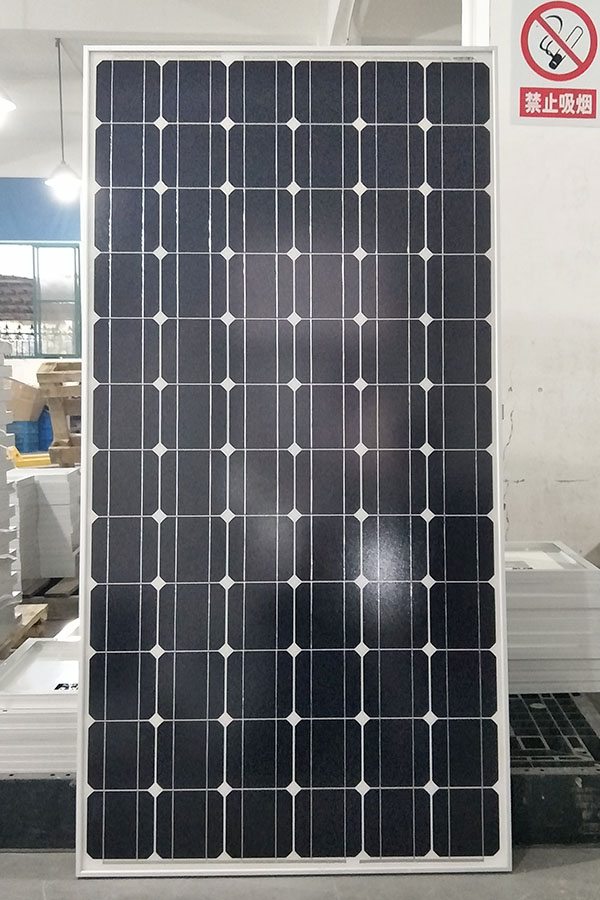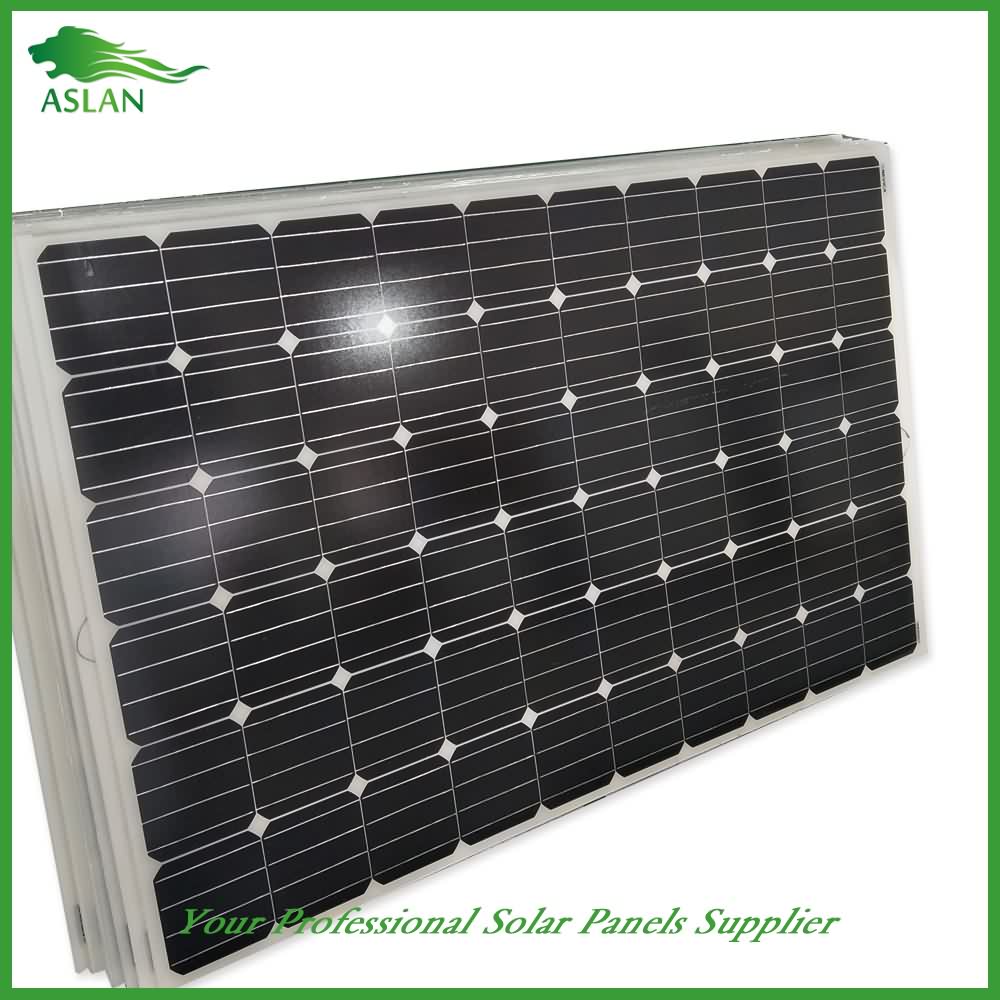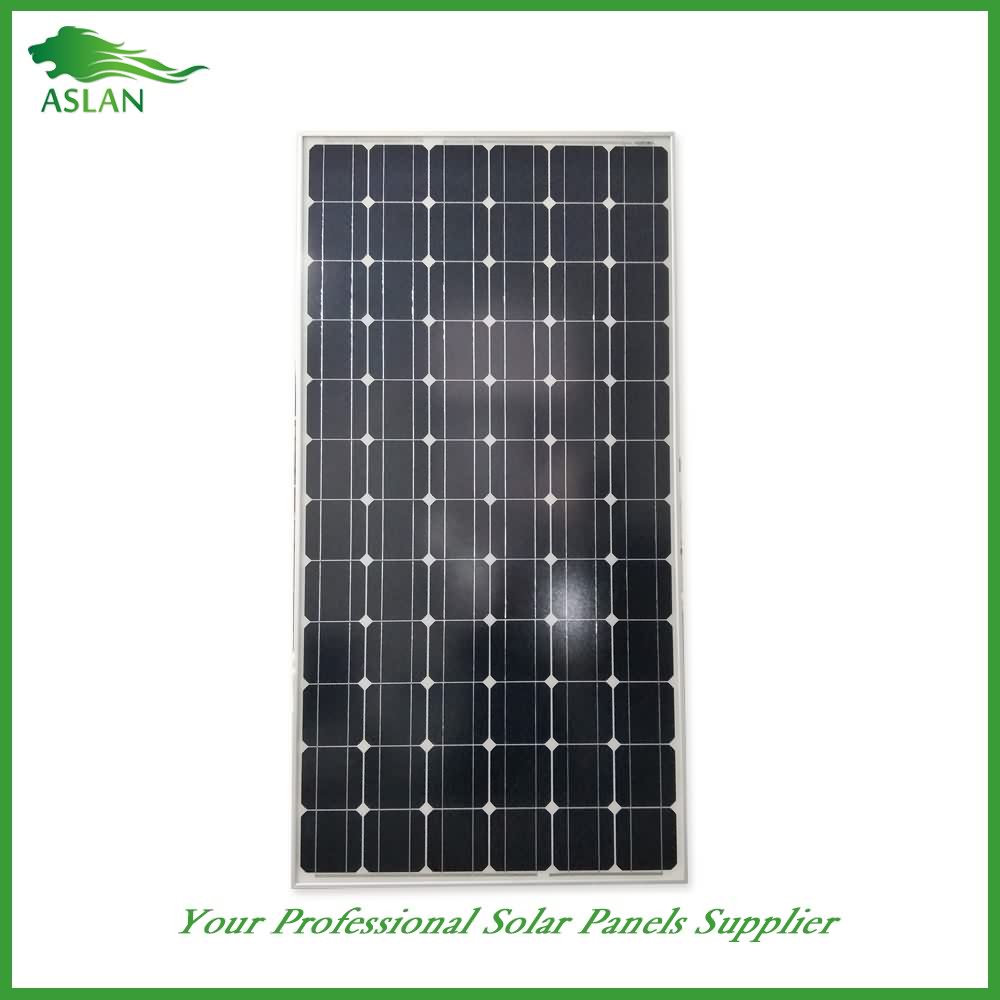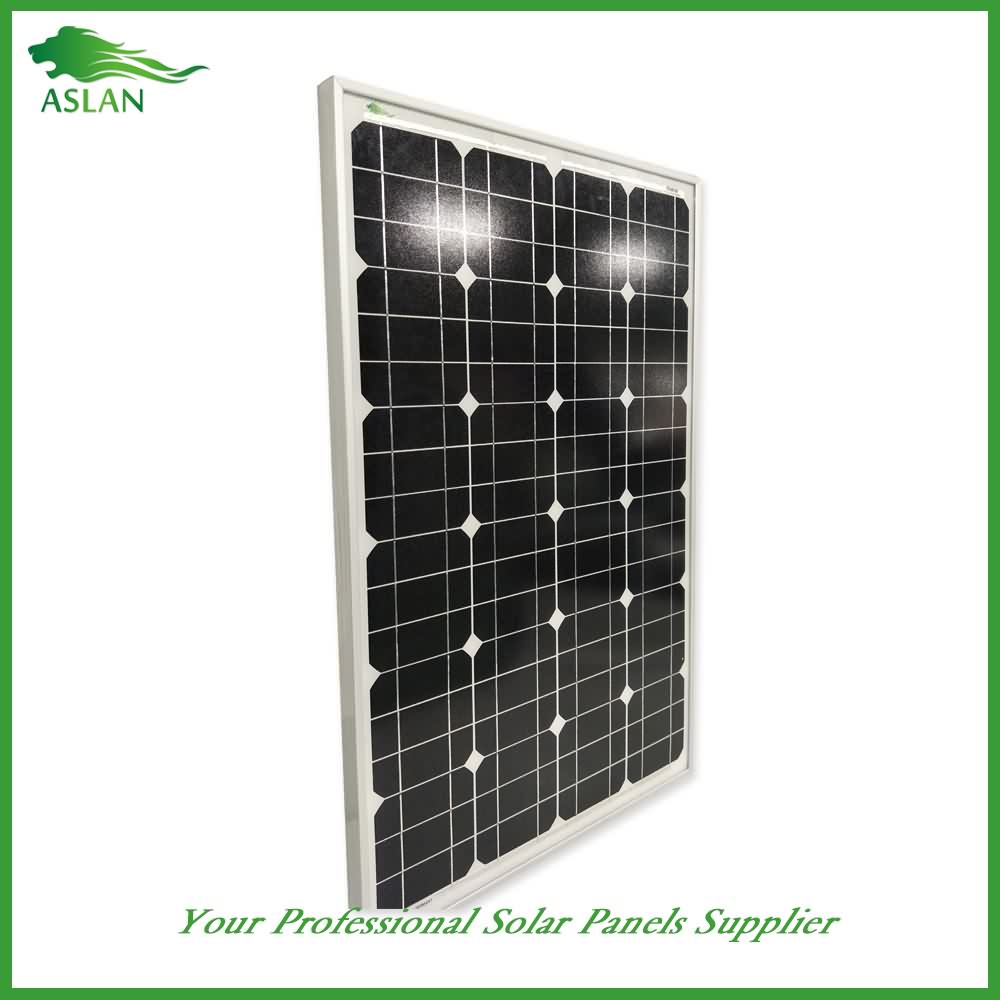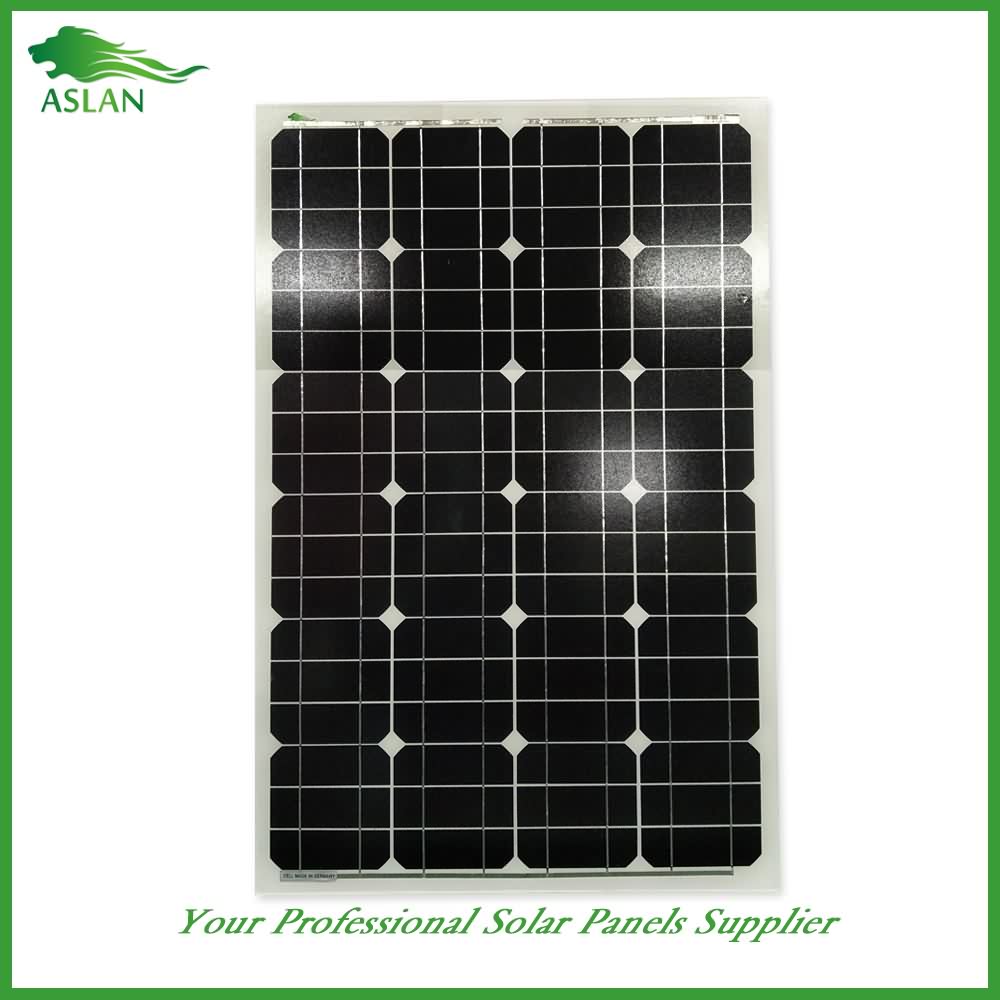8 Years manufacturer Poly-crystalline Solar Panel 300W Canberra
Short Description:
We always think and practice corresponding to the change of circumstance, and grow up. We aim at the achievement of a richer mind and body and the living for 8 Years manufacturer Poly-crystalline Solar Panel 300W Canberra, We welcome you to visit our factory and look forward to establishing friendly business relationships with customers at home and abroad in the near future.
Poly-crystalline Solar Panel 300W
Technical parameter
Maximum Power(W) 300W
Optimum Power Voltage(Vmp) 37.15V
Optimum Operating Current(Imp) 8.08A
Open Circuit Voltage(Voc) 45.30V
Short Circuit Current(Isc) 8.87A
Mechanical Characteristics
Cell Type Poly-crystalline 156x156mm (6 inch)
No of Cell 72 (6x12pcs)
Dimensions 1956x992x50mm
Weight 22.5Kg
Front Glass 3.2mm,High Transmission, Low Iron,Tempered Glass
Junction box IP65 Rated
Output Cable TUV 1×4.0mm2/UL12AWG,Length:900mm
Temperature and Coefficients
Operating Temperature(°C): -40°C ~ + 85°C
Maximum System Voltage: 600V(UL)/1000V(IEC) DC
Maximum Rated Current Series: 15A
Temperature Coefficients of Pmax: -0.47%
Temperature Coefficients of Voc: -0.389%
Temperature Coefficients of Isc: 0.057%
Nominal Operationg Cell Temperature (NOCT): 47+/-2°C
Materials of solar panel
1).Solar Cell——Poly-crystalline solar cell 156*156mm
2).Front Glass——-3.2mm, high transmission, low iron, tempered glass
3).EVA——-excellent anti-aging EVA
4).TPT——-TPT hot seal made of flame resistance
5).Frame——anodized aluminum profile
6).Junction Box——-IP65 rated, high quality, with diode protection
Superiority: high quality anodized aluminum frame, high efficiency long life, easy installation, strong wind resistance, strong hail resistance.
Features
1. High cell efficiency with quality silicon materials for long term output stability
2. Strictly quality control ensure the stability and reliability, totally 23 QC procedures
3. High transmittance low iron tempered glass with enhanced stiffness and impact resistance
4. Both Poly-crystalline and Mono-crystalline
5. Excellent performance in harsh weather
6. Outstanding electrical performance under high temperature and low irradiance
Quality assurance testing
Thermal cycling test
Thermal shock test
Thermal/Freezing and high humidity cycling test
Electrical isolation test
Hail impact test
Mechanical, wind and twist loading test
Salt mist test
Light and water-exposure test
Moist carbon dioxide/sulphur dioxide
http://www.ecopoweredhome.com Renewable Energy – Solar 51 videos How to Install Solar Panels : Grid Tie Inverters for Solar Energy (1:09) Saving Energy with Solar Power : Using Homemade Solar Panels (1:45) Learn about Solar Energy and Solar Panel Installation… (57:43) Playlist play all 51 videos td6780 Sponsored Links Offshore Wind Revolution Report On Offshore Wind Energy Opportunities. Order Online Now! 2:24 Solar Energy Cheaper than Coal Solar energy produced by 9 months 94,164 views Metalmanz3 1 Energy Management MBA EQUIS accredited, Top Faculty Start: September 201 www.executiveacademy.at/mb See your ad here »Sponsored LinksChevron Energy Sourceswww.Chevron.com Learn How Innovations from Chevron are Advancing Alternative Energies.Renewable Energywww.Knowledge.Allianz.com Can the world live without oil, gas, and coal? Get answersSearch ResultsRenewable energy – Wikipedia, the free encyclopediaRenewable energy is energy generated from natural resources such as sunlight, wind, rain, tides, and geothermal heat, which are renewable (naturally …en.wikipedia.org/wiki/Renewable_energy – Cached – Similar – National Renewable Energy Laboratory (NREL) Home PageFacility of the US Department of Energy (DOE) for renewable energy and energy efficiency research, development and deployment.www.nrel.gov/ – Cached – Similar – NREL: Learning About Renewable Energy Home Page20 Aug 2009 … Provides information about renewable energy, energy efficiency practices, delivery and storage technologies, applications and student …www.nrel.gov/learning/ – Cached – Similar – Show more results from www.nrel.gov
With about 300 clear, sunny days in a year, India’s theoretical solar power reception, on only its land area, is about 5,000 trillion kilowatt-hours (kWh) per year (or 5 EWh/yr). The daily average solar energy incident over India varies from 4 to 7 kWh/m2 with about 1,500–2,000 sunshine hours per year (depending upon location), which is far more than current total energy consumption. For example, assuming the efficiency of PV modules were as low as 10%, this would still be a thousand times greater than the domestic electricity demand projected for 2015.
The amount of solar energy produced in India in 2007 was less than 1% of the total energy demand. The grid-connected solar power as of December 2010 was merely 10 MW. Government-funded solar energy in India only accounted for approximately 6.4 MW-yrs of power as of 2005. However, India is ranked number one in terms of solar energy production per watt installed, with an insolation of 1,700 to 1,900 kilowatt hours per kilowatt peak (kWh/KWp). 25.1 MW was added in 2010 and 468.3 MW in 2011. By end March 2015, the installed grid connected solar power capacity is 3,744 MW, and India expects to install an additional 10,000 MW by 2017, and a total of 100,000 MW by 2022.
Source : Wikipedia
This footage is part of the professionally-shot broadcast stock footage archive of Wilderness Films India Ltd., the largest collection of HD imagery from South Asia. The Wilderness Films India collection comprises of tens of thousands of hours of high quality broadcast imagery, mostly shot on HDCAM 1080i High Definition, HDV and XDCAM. Write to us for licensing this footage on a broadcast format, for use in your production! We are happy to be commissioned to film for you or else provide you with broadcast crewing and production solutions across South Asia. We pride ourselves in bringing the best of India and South Asia to the world… Reach us at wfi @ vsnl.com and admin@wildfilmsindia.com.
